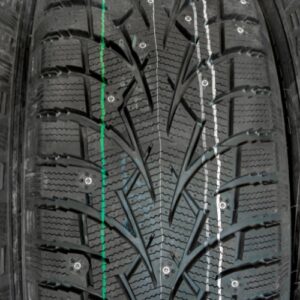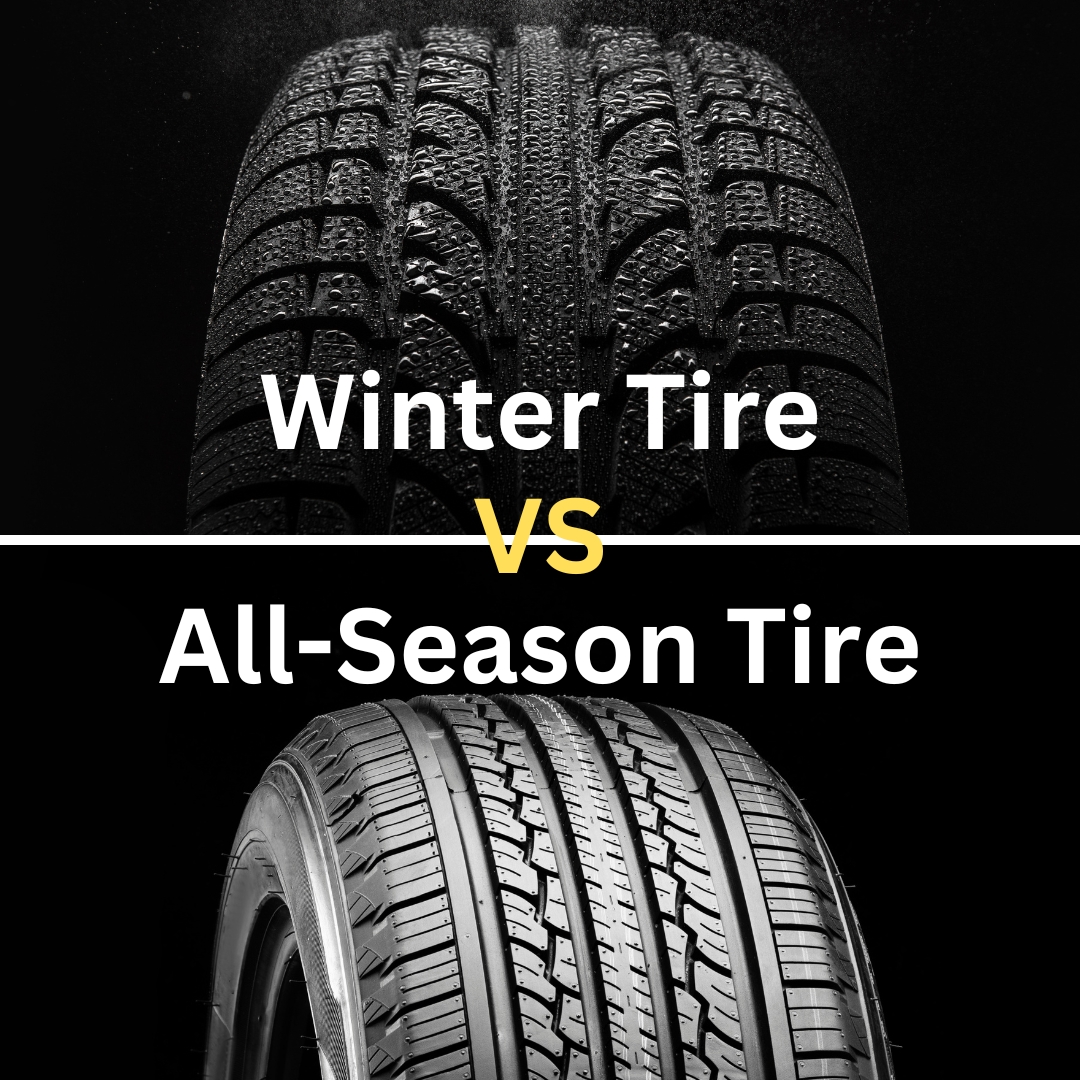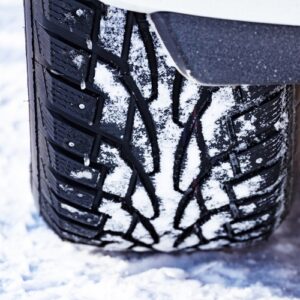Why Winter Tires Are Essential for Safety and Performance
When it comes to preparing your vehicle for winter driving conditions, choosing the right tires is crucial for safety and performance. Snow tires and all-season tires are two popular options, each with its own set of advantages and considerations. In this blog post, we will compare snow tires and all-season tires, examining their differences in traction, handling, and suitability for various driving winter conditions. By understanding the strengths and limitations of each type of tire, you can make an informed decision that ensures your vehicle is equipped to handle whatever winter throws your way. Spoiler alert: Winter tires are tremendously important to driving safe in the New England winter.

Outside Air Temperature
In regions like New England, where temperatures consistently drop below 45 degrees Fahrenheit during the winter months, snow tires offer distinct advantages over all-season tires. One of the key benefits is their superior traction on snow and ice-covered roads. Snow tires are specifically designed with a tread pattern and rubber compound that remain flexible in cold temperatures, allowing them to grip the road surface more effectively. This enhanced traction not only improves handling and braking performance but also reduces the risk of skidding or sliding in slippery conditions. Additionally, the deeper tread depth and specialized tread patterns of snow tires are engineered to channel snow and slush away from the tire, further enhancing grip and stability. All season tires are great in the fall and spring seasons as they are great in rainy weather. All season tires are good in the snow, but not great just because they are optimized for all conditions, not just winter, just as the name of the tire may suggest. As a result, drivers in New England can benefit from the added safety and confidence that snow tires provide, especially when navigating the region’s challenging winter road conditions.
- Enhanced Traction: Snow tires are specifically designed to provide superior traction on snow and ice-covered roads, thanks to their specialized tread patterns and rubber compounds that remain flexible in cold temperatures. This enhanced grip improves handling, braking, and overall stability in winter conditions.
- Improved Safety: With their ability to maintain traction in snowy and icy conditions, snow tires help improve safety by reducing the risk of skidding or sliding. This is particularly important in regions with harsh winter weather, where road surfaces can quickly become treacherous.
- Better Performance: Snow tires are engineered to excel in winter conditions, offering better performance compared to all-season tires when temperatures drop below 45 degrees Fahrenheit. Their design allows for more efficient handling and braking, giving drivers greater control over their vehicles in challenging winter driving situations.
- Extended Tread Life: By using snow tires during the winter months, drivers can extend the life of their all-season tires. By reducing the wear and tear on their primary tires, they can also save money in the long run by avoiding the need for premature replacements due to winter driving conditions.
Are Two Winter Tires Acceptable?
The short answer, no. It is unsafe to put only two winter tires on your vehicle because it can create an imbalance in traction between the front and rear wheels. When driving in winter conditions, having consistent traction on all four wheels is crucial for maintaining control and stability. By having only two winter tires, the vehicle’s handling characteristics can become unpredictable, especially during braking and cornering. This imbalance in traction can increase the risk of skidding or loss of control, particularly in slippery conditions like snow and ice. To ensure optimal safety and performance in winter driving conditions, it is recommended to install a full set of four winter tires on your vehicle.
Studded Tires and Do You Need Them?
Studded tires are designed for extreme winter conditions, particularly on icy roads where regular snow tires might struggle to maintain traction. These tires feature metal studs embedded in the tread that provide additional grip on icy surfaces, improving braking and acceleration. Studded tires are most commonly used in regions with prolonged icy conditions or where roads are not regularly maintained, such as rural areas or mountainous terrain. However, it’s important to note that in many urban or well-maintained suburban areas, studded tires are unnecessary and can even cause damage to road surfaces. Therefore, unless you frequently encounter extreme icy conditions or live in an area with limited road maintenance, studded tires are generally not needed for typical winter driving. 
3 Peak Mountain Snowflake Symbol
When shopping for winter tires, it’s essential to look for the 3 Peak Mountain Snowflake (3PMSF) symbol on the sidewall. This symbol indicates that the tire has met specific industry standards for performance in severe snow conditions. Unlike the M+S (mud and snow) symbol found on many all-season tires, the 3PMSF symbol signifies that the tire has undergone rigorous testing for traction in snow and ice. Tires with this symbol have been tested in accordance with standards set by the U.S. Tire Manufacturers Association (USTMA) and the Rubber Association of Canada (RAC), ensuring that they meet the requirements for use in severe snow conditions. Therefore, if you’re interested in purchasing winter tires that offer superior performance in snow and ice, look for the 3 Peak Mountain Snowflake symbol to ensure you’re getting a tire that is specifically designed for harsh winter driving conditions.
Winter Safe Driving
In conclusion, when it comes to choosing between winter tires and all-season tires, it’s essential to consider the climate and driving conditions you’ll encounter. Do you live on a dirt road that is not maintained well in the winter months? Do you rarely drive in the winter? These are important questions when considering your vehicle’s tires. While all-season tires offer versatility and convenience for year-round use, winter tires provide superior traction and safety in severe winter weather, especially in regions like New England where temperatures consistently drop below 45 degrees Fahrenheit. The specialized design of winter tires, marked by the 3 Peak Mountain Snowflake symbol, ensures better performance in snow and ice, making them a valuable investment for those facing harsh winter conditions. By understanding the distinct advantages of each tire type, drivers can make an informed decision that prioritizes safety and performance, ultimately enhancing their driving experience during the winter months.





